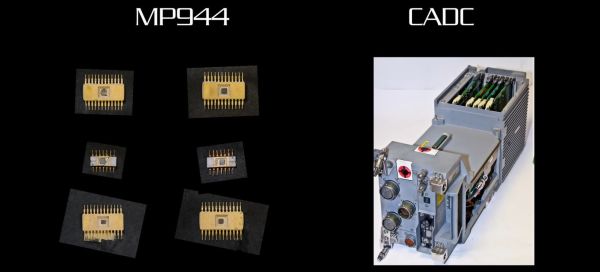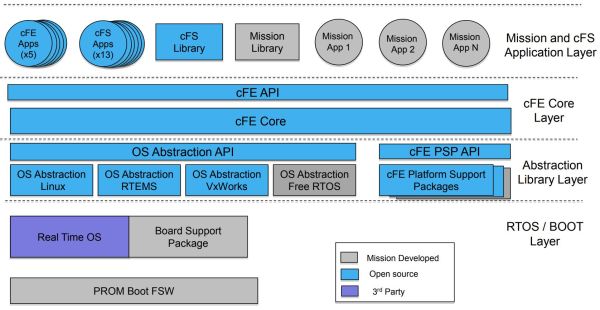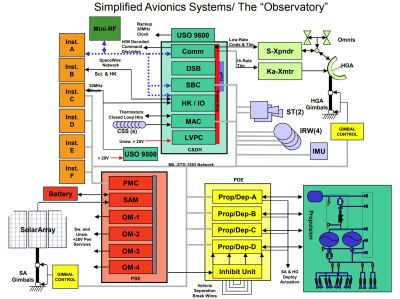Navigating aircraft today isn’t like the old days. No more arrows painted on a barn roof or rotating airway beacons. Now, there are a host of radio navigation aids. GPS, of course, is available. But planes often use VOR to determine a bearing to a known point and DME — distance measuring equipment — to measure the distance to that point. DME operates around 1000 MHz and is little more than a repeater. An airplane sends a pair of pulses, and times how long it takes for the DME to repeat them. [Daniel Estévez] has been monitoring these transmissions with a LimeSDR.
Like most repeaters, the DME transponders listen on one frequency and transmit on another. Those frequencies are 63 MHz apart. This poses a challenge for some types of SDRs which have limits on bandwidth.




















